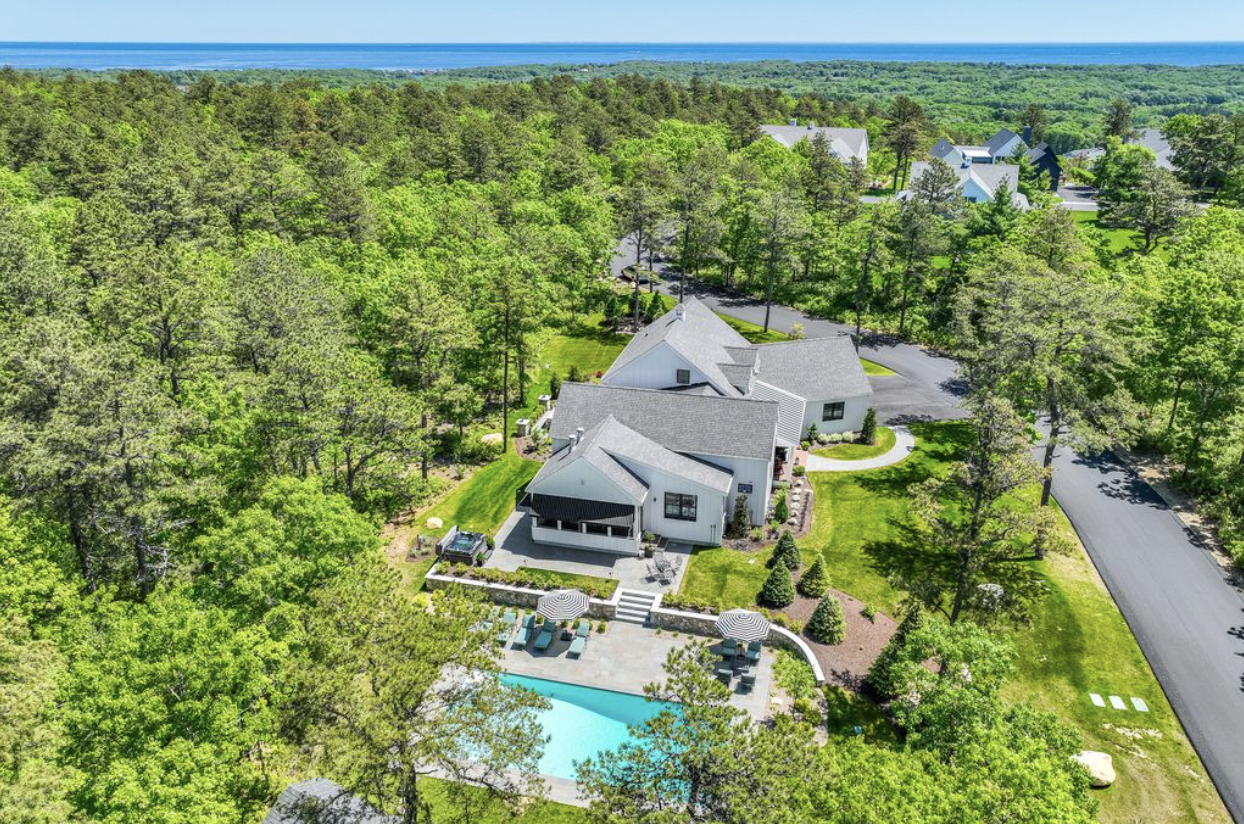
Before you picture floor plans, finishes, or landscaping, your foundation is the ground underneath your feet. A poorly suited lot can inflate costs, stall permitting, or limit your design flexibility. By contrast, the right site allows your dream home to unfold efficiently, with fewer surprises.
In the Cape Cod context, the interplay of coastal climate, wetlands, zoning, and conservation oversight gives each parcel its own character. Even when listings are scarce, the deeper your preparation, the more confidently you can spot value and avoid pitfalls.
1. Confirm constructability, don’t assume anything
The very first question: is the land feasible?
- Zoning and permitted uses: Even if a lot is labeled “residential,” local zoning bylaws or overlay districts (especially near shorelines or conservation areas) may restrict maximum footprint, setbacks, height, or permitted bathroom/bedroom count.
- Wetlands, hydric soils, and buffer zones: In coastal Massachusetts, many parcels are influenced by wetland buffers, coastal bank zones, or conservation constraints. Require soils or wetland delineation.
- Perc (perc test) / septic feasibility: If the parcel isn’t already tied to a municipal sewer system, one of the first questions is: can you install a septic system here? A failed perc test can derail the project or force you to back out or redesign.
- Utility access (water, sewer, electricity, gas): Check distance to utility lines, capacity, and any required easements. If the parcel is remote, extending utilities can be prohibitively expensive.
- Topography, drainage, and grading: A steep slope or poor drainage can hike excavation costs, require retaining walls, or limit where structures can sit. Always walk the land with your builder or civil engineer.
A Cape Cod builder or civil consultant should review feasibility before you commit.
2. Understand local regulatory and environmental overlay
Cape Cod is not just another coastal area: it has a strong regional planning framework and environmental consciousness.
- Cape Cod Commission / regional oversight: In Barnstable County, the Cape Cod Commission reviews and regulates Developments of Regional Impact (DRIs) and enables coordination among towns.
- Districts of Critical Planning Concern (DCPCs): Some zones on the Cape are designated DCPCs, where stricter rules apply to protect natural, scenic, or historic resources.
- Flood zones and coastal resilience: Many parcels along the Cape are affected by FEMA flood maps, storm surge lines, or coastal erosion zones. Your design may need elevation or additional foundation reinforcement.
- Conservation restrictions / conservation land trust encumbrances: Some lots may carry conservation easements or restrictions, limiting where and how you may build.
- Seasonal or special district overlays: Some towns have overlay districts (e.g. for groundwater protection, septic overlay zones) which impose further constraints on well/septic/drainage placement.
Engage a local land-use attorney or planner to map these overlays before purchase.
3. Factor in climate, soils, and coastal stressors
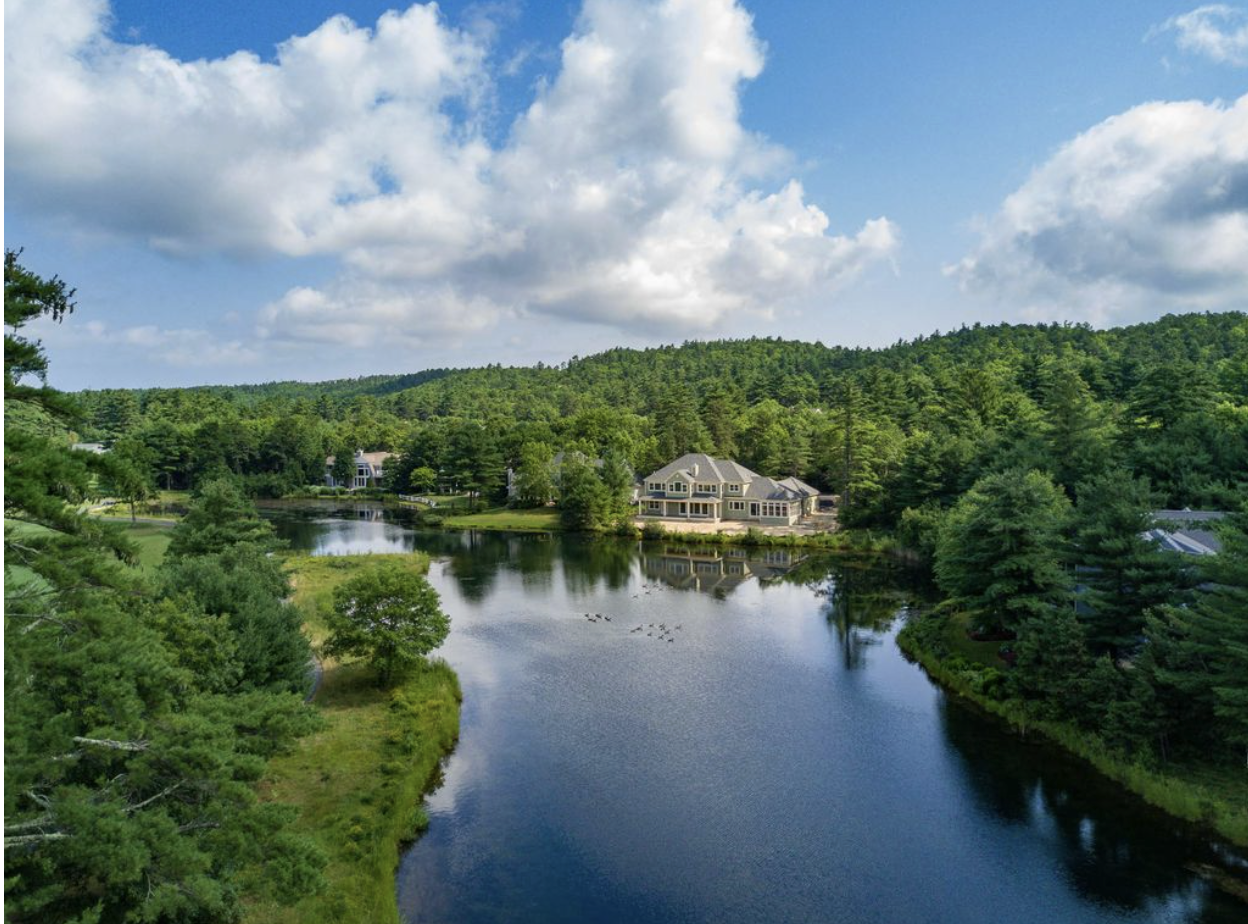
Cape Cod’s maritime climate and salt-air environment impose their own design pressures:
- Salt air and humidity: Materials, finishes, fasteners, and coatings must resist corrosion, rot, and moisture intrusion.
- Wind exposure and storms: Especially on exposed parcels, wind uplift, shielding, and structural bracing are major concerns.
- Erosion and sea level rise: Over decades, coastal parcels may face shifting shorelines or rising water. It’s wise to consider long-term storm resilience and retreat margins.
- Soil quality and rock: In New England, ledge (bedrock) and shallow soils can show up unpredictably. A geotechnical survey helps.
- Thermal performance / insulation: Coastal winds and salt air may push design toward tighter enclosures, high-performance windows, and rigorous HVAC considerations.
A builder familiar with the Cape’s real estate challenges will know typical failure modes and proven mitigation strategies.
4. Account for cost escalation and hidden expenses
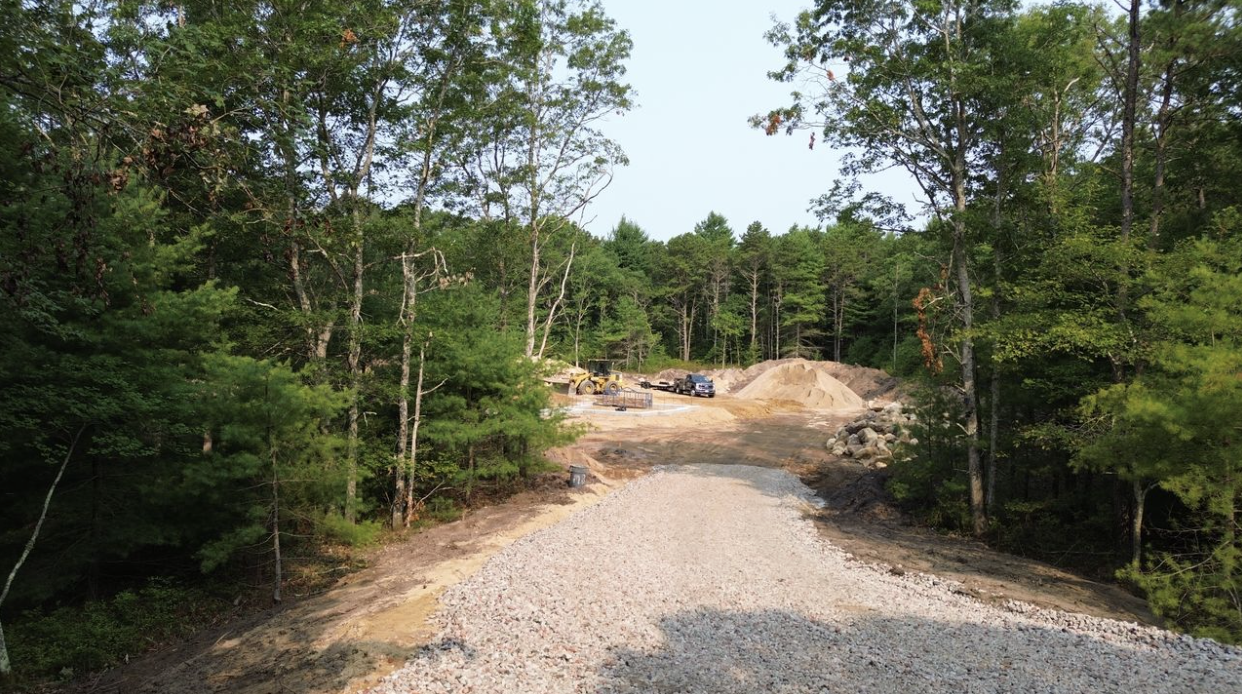
Even on paper “clean” parcels have hidden costs:
- Permitting, fees, and impact assessments: Town permitting, engineering reviews, peer reviews, stormwater mitigation, and site plan fees all add up.
- Delays and contingency costs: Weather, regulatory reviews, and neighbor objections can stall schedules, delaying labor, so always pad your timeline and budget.
- Easement / access rights: Some lots may require driveway easements or rights-of-way across neighboring property, which may invite negotiation or public hearing.
- Site preparation and grading: Depending on topography, you may need fill, excavation, retaining walls, and erosion controls.
- Utility extension: The further you are from town service lines, the more you’ll pay to bring power, water, gas, or telecom to site.
- Insurance, flood premiums, and elevation costs: If the lot is in a special flood zone, you may need to elevate the house or pay high premiums.
- Testing and soils reports: Fees for percolation tests, geotechnical, wetlands delineation, and environmental assessments all carry a cost.
When evaluating the “land price,” always work with your builder to run a back-of-envelope “cost-to-ready” number, not just the bare lot cost.
5. Weigh location trade-offs: views, privacy, convenience
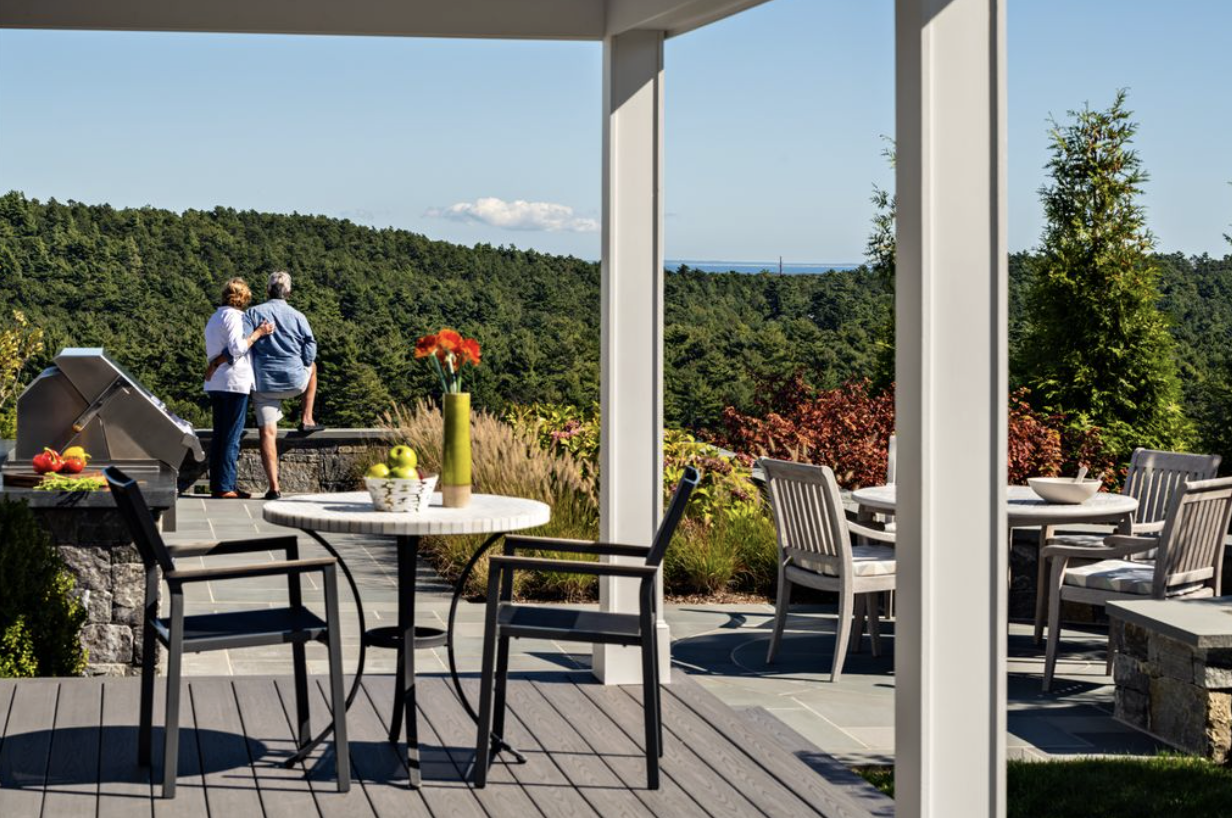
Beyond feasibility and cost, many buyers lose or win value in these subtle tradeoffs:
- Orientation, vistas, and daylighting: A parcel with favorable solar orientation or ocean/woodland views may cost more, but may also yield a more compelling final house.
- Proximity to services / infrastructure: Being far from town center, schools, utilities, or main roads may reduce initial lot cost but increase long-term living inconvenience.
- Privacy and screening: Buffer vegetation or sibling parcels may matter if you desire seclusion.
- Neighboring land uses: Check adjacent parcels, farmland, commercial, or potential development sites may affect your experience or viewshed.
- Resale potential and demand: Even if your plan is never to sell, choosing a parcel that prospective future buyers would find attractive preserves equity.
Sometimes, a more modest parcel in the “right place” outperforms a better, but poorly located, lot.
6. Assemble the right team early, especially a builder who understands the Cape
Because there’s so much nuance (coastal, conservation, permitting), your project needs local domain expertise right from the start.
- Hire a Cape Cod builder early: A builder familiar with local soils, climate, inspections, permit processes, and subcontractor networks can spot red flags early.
- Work with a land-savvy agent specializing in Cape Cod Land: Not all agents know cape wide-listing services, restricted overlays, or niche parcels. Choose someone who tracks “land only” and new-lot opportunities.
- Engage an experienced land-use attorney or planner: They can guide zoning, easement negotiation, variance petitions, and regulatory pathways.
- Structural / geotechnical consultants: Especially for coastal lots or shallow soils, their input can prevent expensive redesigns later.
The earlier you integrate design, engineering, and legal insights, the less likelihood you’ll be stuck with a pricey or unusable lot.
7. Stepwise due diligence checklist
Here’s a practical checklist to guide your evaluation:
- Pre-offer feasibility check
• Engage your builder or engineer to review the listing materials
• Examine zoning, setbacks, overlays, and permit history
• Request or order a wetlands or buffer delineation
• Confirm utility access options
• Perform a preliminary cost estimate (site prep, access, grading, utilities) - Offer with contingencies
• Make offer contingent on a successful perc test
• Contingent on soil/geotech approval
• Contingent on zoning/variance approval
• Contingent on title search and easement clarity - Due diligence period
• Commission percolation test and soils report
• Wetlands delineation
• Survey and boundary confirmation
• Title search and title insurance review
• Utility capacity review (if connecting to town systems)
• Municipal permitting check (are there special conditions?)
• Neighbor interviews (are there informal use claims or disputes?) - Finalize engineering and site design
• Refine grading, drainage, and foundation systems
• Work with your builder to estimate massing, footings, and structure costs
• Confirm construction schedule and site logistics - Close and mobilize
• Confirm all permits or variance conditions
• Set timeline, stormwater controls, erosion control
• Begin site-prep works
If any step raises a red flag, have an exit strategy before closing.
8. Timing and market considerations for Cape Cod land in 2025
To stay up to date and competitive:
- Inventory for vacant parcels on the Cape remains tight. Many buyers are turning to “tear-down + re-build” rather than raw lots.
- Luxury coastal and waterfront segments are commanding premium pricing: recent record-setting sales in Osterville highlight that exclusive land is still in high demand. New York Post
- With rising interest rates and construction cost inflation, land buyers increasingly demand certainty in site conditions and permitting readiness.
- Seasonal conditions matter: spring and early summer give better site visibility (snow melt, wet ground) vs. mid-winter inspections which may hide issues.
- Regulatory climate is becoming more rigorous, especially around coastal resilience, stormwater control, and energy efficiency mandates.
If you’re buying now, lean toward parcels with fewer unknowns, even if they cost more per acre, and structure your contracts to allow flexibility and due diligence.
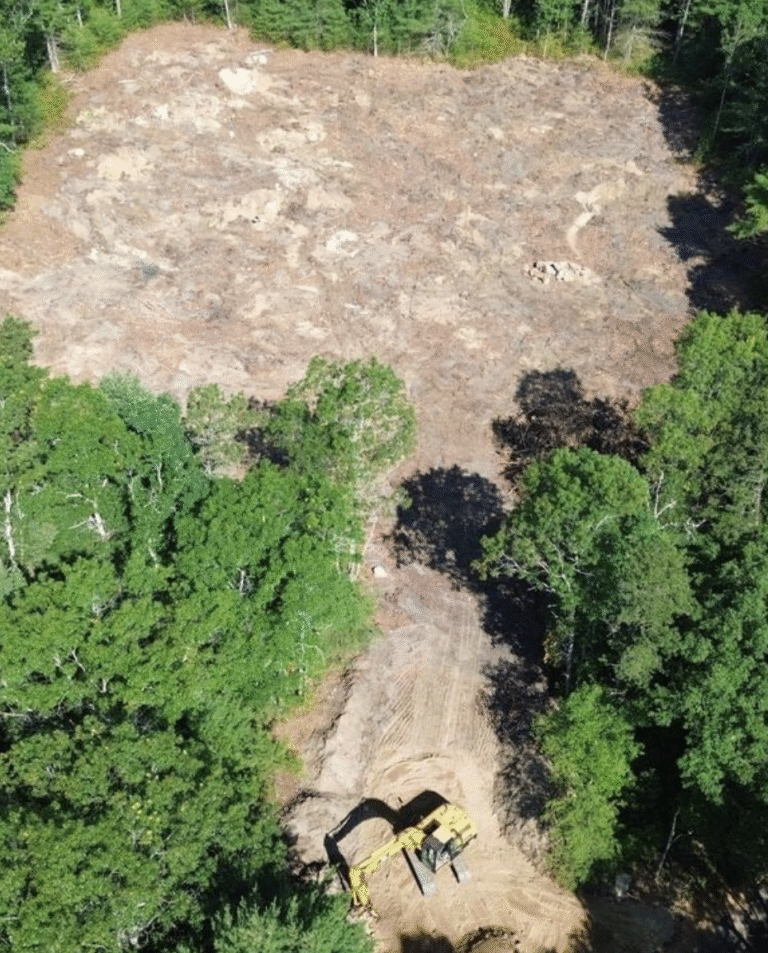
In the world of bespoke homes, land is the first, and often the most permanent, investment. In the Cape Cod and Southern Coastal Massachusetts region, the coastal environment, regulatory complexity, and scarcity of raw lots amplify both risk and opportunity in land purchases.
Your success rests on combining a disciplined due diligence process with local expertise. If you approach with humility, curiosity, and the right team, you’ll transform a vacant parcel into the stage for your ideal custom home. And when that home rises gracefully from the land, you’ll know the lot underneath isn’t just a piece of real estate, it’s the foundation of your legacy on the Cape.

